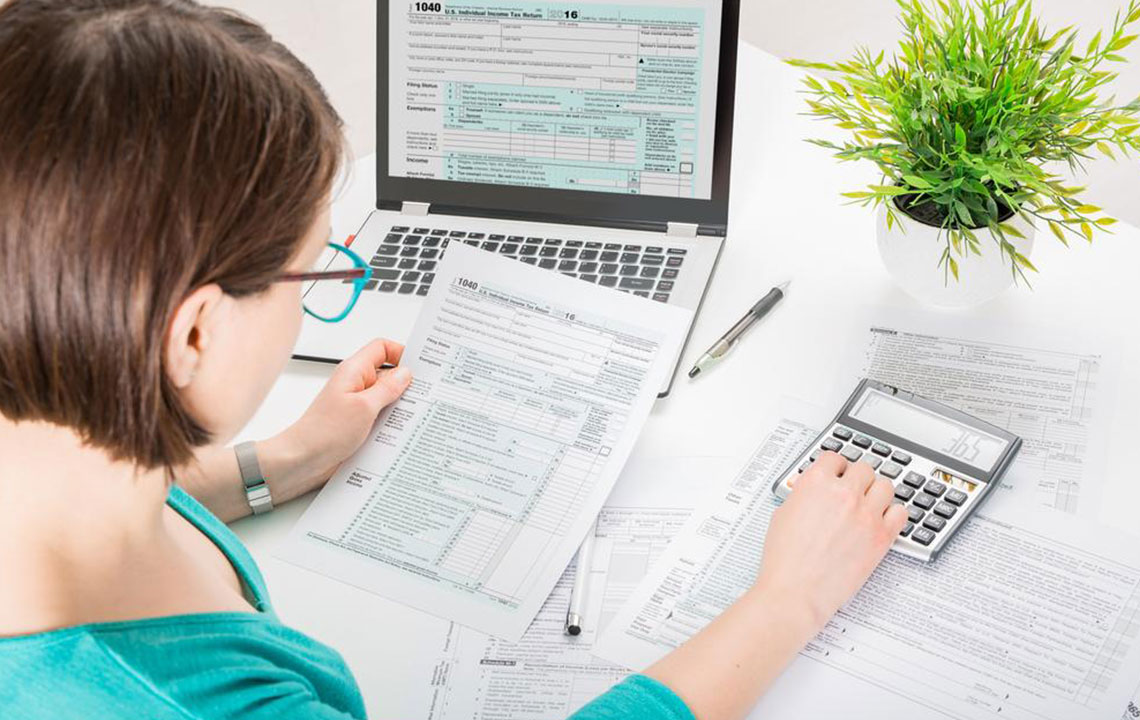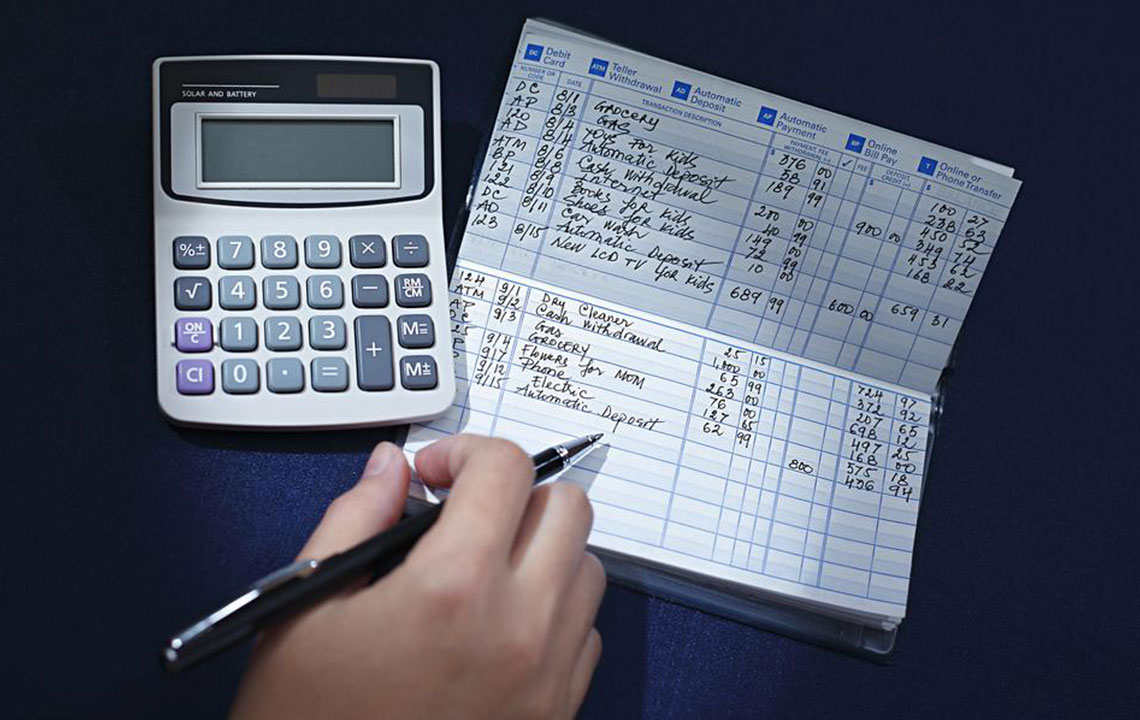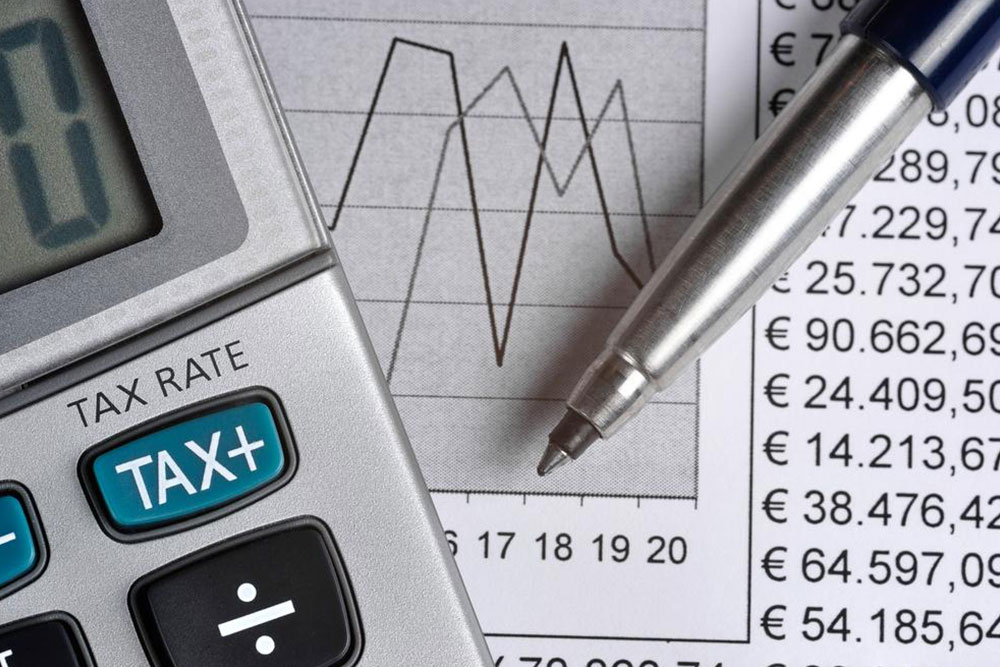How Digital Payment Systems Are Transforming Tax Refunds in Modern Finance
Discover how modern digital payment systems like direct deposit and digital wallets are transforming tax refunds, making the process faster, safer, and more flexible. Learn about tips for setting up electronic refunds, splitting deposits, and utilizing digital apps for quicker access to funds, all while enjoying enhanced security and cost savings.

How Digital Payment Systems Are Transforming Tax Refunds in Modern Finance
The Internal Revenue Service (IRS), which functions as the central authority for tax collection and processing in the United States, has been progressively modernizing its procedures to enhance efficiency, security, and convenience for taxpayers. Traditionally, receiving tax refunds involved a lengthy process, often taking several weeks due to manual processing methods. However, recent advances in digital payment technology have revolutionized this landscape, making it possible for taxpayers to receive refunds quickly and securely through electronic means like direct deposit and digital wallets.
Understanding the IRS Tax Refund Process
When you file your tax return, the IRS begins verification of your submitted information within 24 to 48 hours. Once your details are validated and your return is approved, the refund process is initiated. If you opt for electronic filing coupled with direct deposit, your refund can be credited to your bank account in a matter of days, significantly faster than traditional methods such as mailing a check.
Choosing direct deposit dramatically enhances the speed and security of receiving your tax refund. It is the preferred method for approximately 90% of taxpayers, thanks to its reliability and convenience, allowing funds to be transferred directly into a linked bank account without delays associated with postal delivery or manual processing.
Benefits of Direct Deposit for Tax Refunds
One of the primary benefits of opting for direct deposit is the reduction in waiting times. Instead of waiting for a paper check to arrive by mail—a process that can take weeks—your refund is deposited electronically into your account almost immediately after processing. This method not only accelerates access to your funds but also minimizes the risk of lost or stolen checks.
Enhanced Security Features
Direct deposit offers a safer alternative to receiving checks via mail. All transactions are conducted over encrypted networks and secure servers, greatly reducing the risk of identity theft, fraud, or theft of physical mail. This added layer of security provides peace of mind, ensuring that your financial information remains confidential and protected throughout the process.
Flexible Refund Management: Splitting Funds
The IRS allows taxpayers to specify how their refunds are distributed across multiple accounts. Using forms like IRS Form 8888, taxpayers can split their refunds into up to three different accounts, such as a checking account, savings account, or retirement fund. This flexibility enables better financial planning and helps manage multiple financial priorities efficiently.
Transferability and Financial Control
Electronic refunds can be easily transferred between different financial accounts, giving taxpayers greater control over their money. Whether you wish to allocate funds for savings, investments, or other expenses, digital transfers facilitate smooth and immediate access to your money, enhancing overall financial flexibility.
Cost-Efficiency of Electronic Refunds
While paper checks often incur mailing and processing costs, electronic transfers are almost free, saving taxpayers money and reducing administrative expenses for the IRS. This shift towards digital payments aligns with the broader trend of reducing operational costs and promoting environmentally sustainable practices.
How to Set Up Direct Deposit
To receive your tax refund via direct deposit, you need to include accurate bank details—such as your bank account number and routing number—when filing your tax return. Use IRS Form 1040 for standard filings, and if you wish to split refunds into multiple accounts, IRS Form 8888 supports the inclusion of up to three separate bank accounts. Double-check all entered information to prevent delays or processing errors, as the IRS is not responsible for inaccuracies caused by incorrect details.
Although the IRS has historically published specific timelines for refunds, recent adjustments focus more on providing estimated deposit dates based on your filing patterns and current processing times. This approach aims to offer a more accurate expectation of when funds will arrive.
Using Digital Payment Apps for Faster Refund Transfers
In addition to traditional bank direct deposits, taxpayers can opt to receive refunds through popular digital wallet apps like Venmo, Cash App, or PayPal. These platforms allow for immediate access to funds, sometimes up to two days before traditional bank deposits become available. To utilize this method, follow these steps:
Download and install your preferred digital wallet app on your smartphone or tablet.
Complete the account setup process, including linking your bank accounts and obtaining your routing and account numbers if necessary.
When filing your taxes, input the routing and account details from your digital wallet to ensure your refund is transferred directly to your digital payment app.
This integrated process offers numerous advantages, including faster access to your funds and simplified account management. Additionally, the IRS provides dedicated mobile applications and online tools to track refund status in real time, encouraging many taxpayers to adopt electronic filing and submission practices. For optimal results, consulting a professional tax advisor or financial planner is recommended to ensure all transactions are correctly set up and processed without complications.





